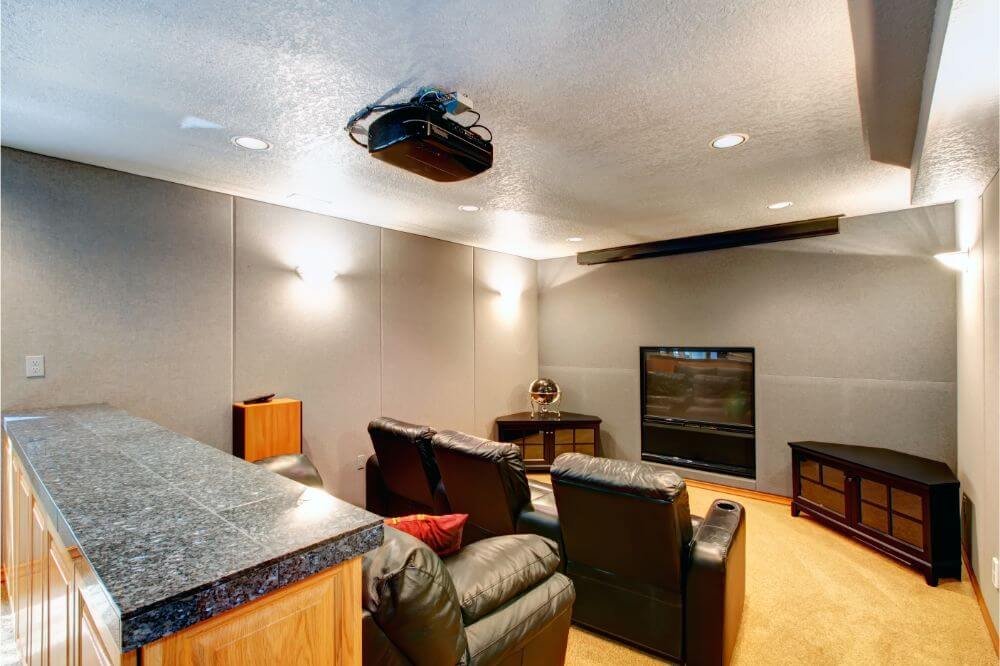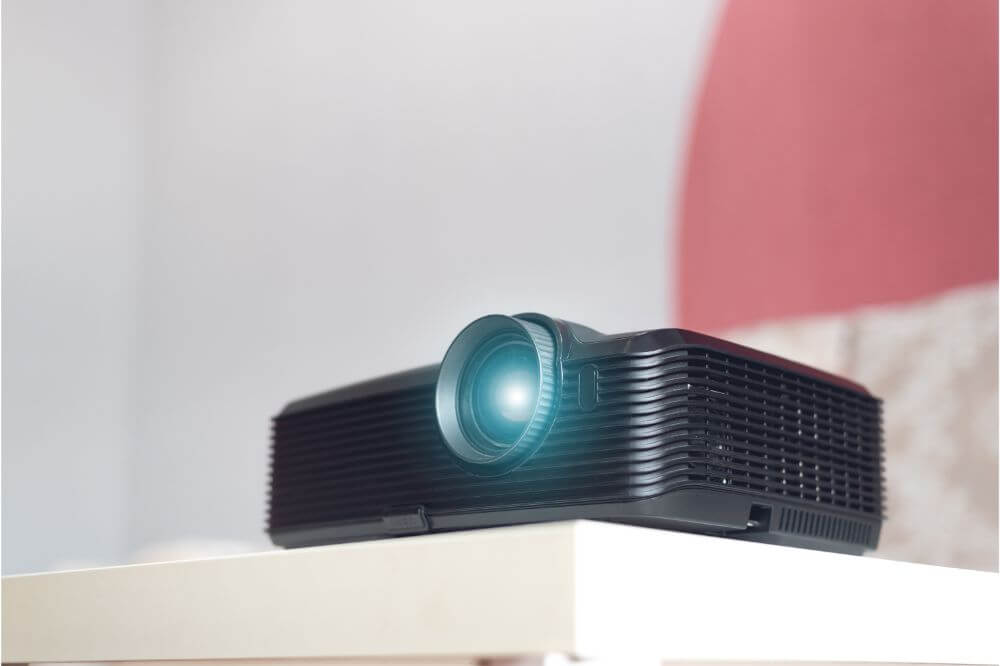You have just gotten an awesome projector for your home theater setup, but there is a slight problem — the image doesn’t look good. Don’t worry, because unless you got the cheapest projector possible, the issue is not the unit itself. It just needs to be calibrated properly.
Calibration is often quite an intimidating term for many, but the fact of the matter is that calibration a home theater projector is not hard. We will walk you through how you can calibrate a projector for your home theater.
Calibrating a Home Projector
Calibrating your home theater projector is going to take a bit of work, but it is doable. It should take you roughly 10 minutes to properly adjust the contrast, color, brightness, and sharpness. Let’s go through a quick step-by-step tutorial for fast and easy home theater projector calibration.
The whole goal here is to achieve natural looking and high quality images in 10 minutes or less. Something that is important to note is that the picture parameters will need to be different for each video source.
For example, a movie needs to look different from television or an HD sports broadcast. One thing you can always do is adjust the projector using pre-set picture modes such as movie, sports, cinema, vivid, and others. There should also be a setting labeled as “user,” which is the one which you will be calibrating.
Calibrating Blackness, Brightness, and Contrast
To do this, first of all, you want your home theater room to be very dark, although it is best to tune your projector in the ambient light which will be normal for the room. That said, the darker the room the better. Keep in mind that this is all a bit of a balancing act, as blackness on a projector is a lack of light, whereas brightness is the exact opposite.
The less light there is in the room, the better the image from the projector will look. Let’s assume that you are calibrating the projector for a movie. In this case, you can set the projector to cinema or movie mode.
Now, find a sequence in a movie that has a lot of black in it. Here you need to adjust the brightness so that you can see details in the blackness, such as the folds and wrinkles on a dark suit. If the black item, like a suit, looks like a black block, you have turned the brightness down too far. Like we said, it’s a balancing act.
You should then do the same for contrast. Find a movie sequence with lots of white and adjust the contrast slider so you get a pure white color without losing any of the details. Keep in mind that adjusting the contrast will mess with brightness, and therefore you will have to go back and forth between brightness and contrast to get the right balance.

Calibrating Color, Color Temperature, Tint, and Sharpness
To adjust the color on your home theater projector, it is best to find a movie sequence which features several people of different skin tones. Here, you want to adjust the color slider until all of the people with varying skin tones look normal, just like they would in real life.
Just don’t oversaturate it, or else people with white skin tones will look orange, and people with dark skin tones will look oddly vibrant. Once again, it’s all a bit of a balancing act.
Now you will also want to adjust the sharpness of the image. Here, you want to push the sharpness to the point where you can see fine details with ease. However, be careful not to push this too far, because there is such a thing as being overly sharp or overly defined. If things are overly sharp, it will all start to look quite odd.
Calibrating Picture Processing
There are some algorithms which engineers have developed to help cut down on jittery images, something that often happens in projectors, especially with fast camera movements. There are various settings to choose from for picture processing is called frame interpolation, a setting designed to try and minimize stuttering and jittery camera movements.
Here, you will want to keep the frame interpolation setting at a medium level. Setting to an overly high setting will not be good.
Now your projector should be calibrated and ready to go.
Conclusion
On a side note, something most will agree on, is that it is always better to use a projector screen than a simple white wall.
The black border on the projector screen will create an illusion of higher contrast, and will make everything look better. When everything has been said and done, remember that this is a balancing act and it will take some trial and error to get it right.


